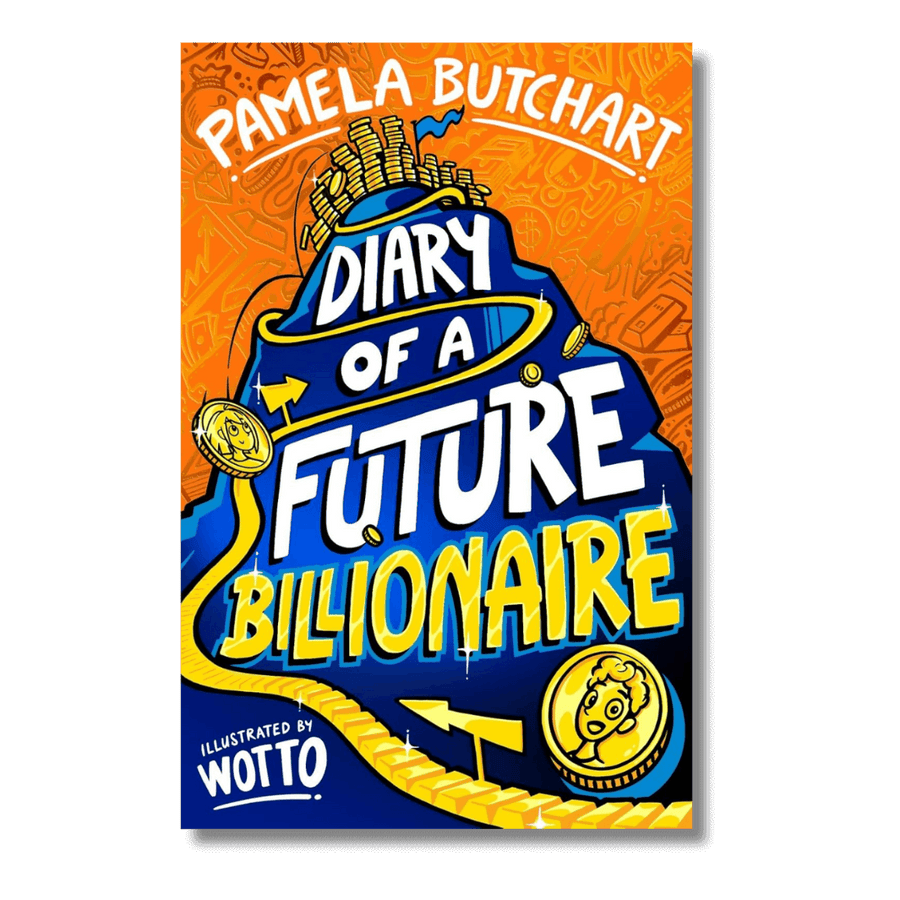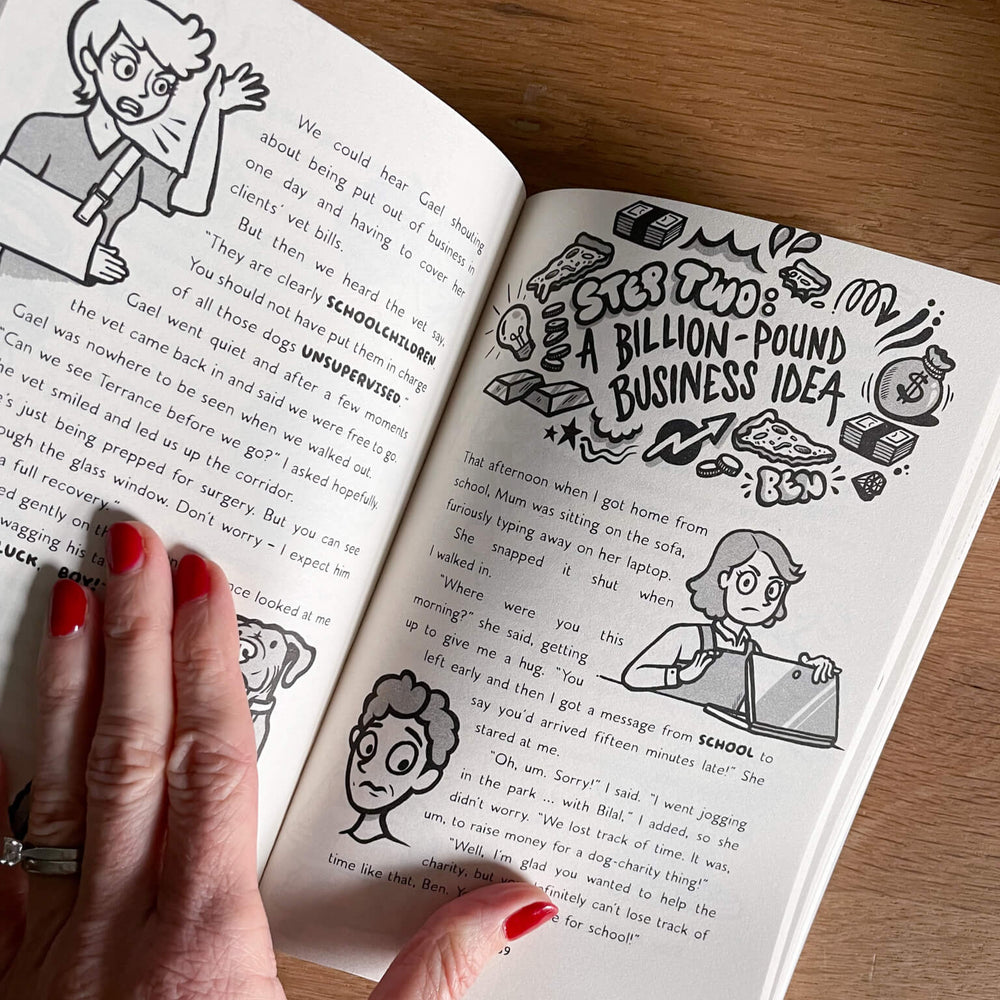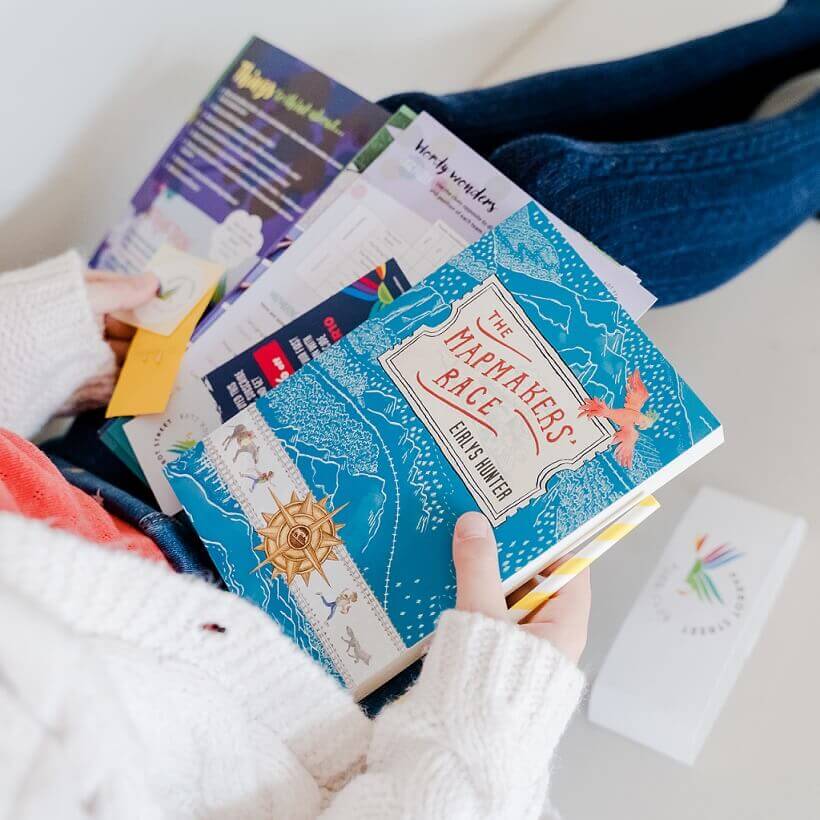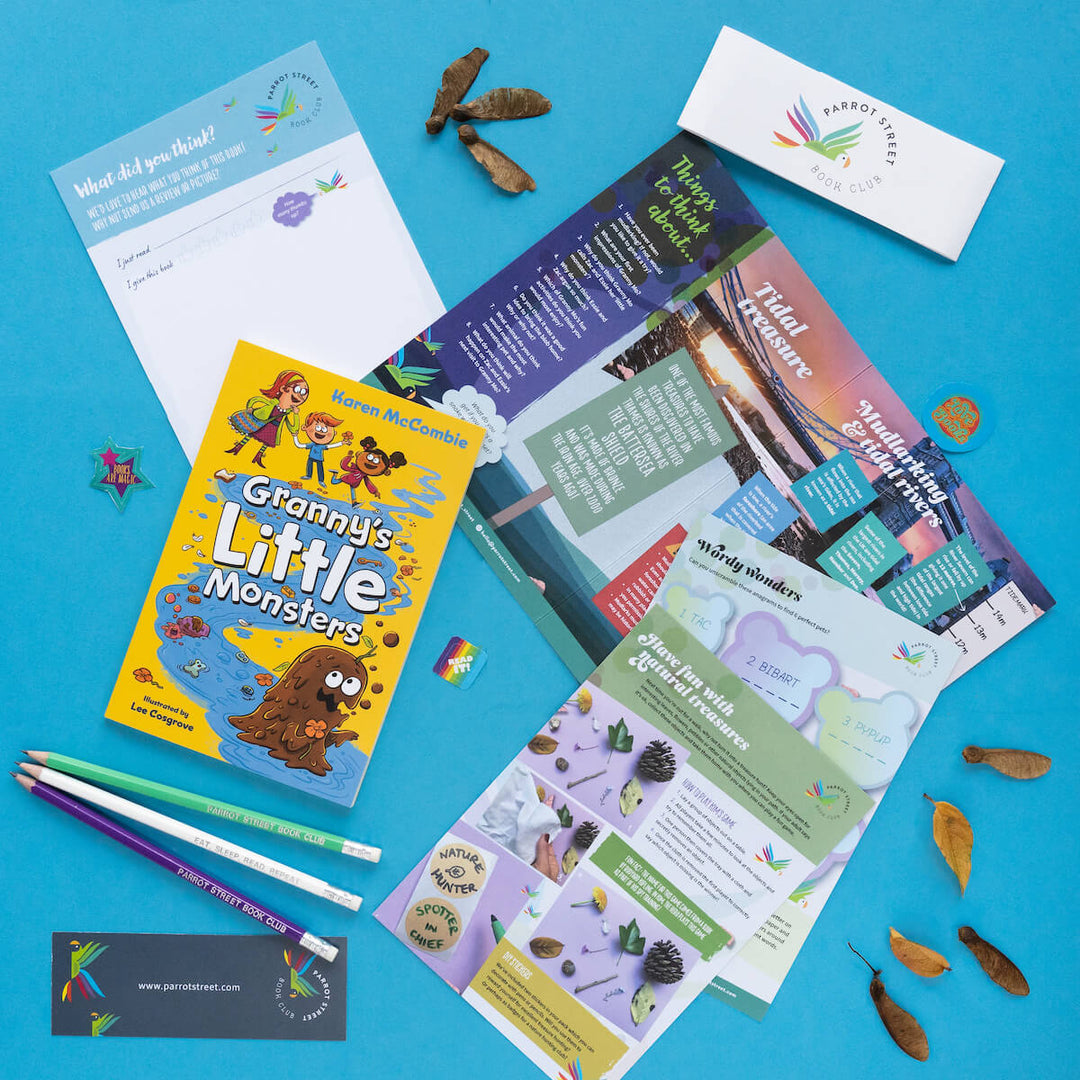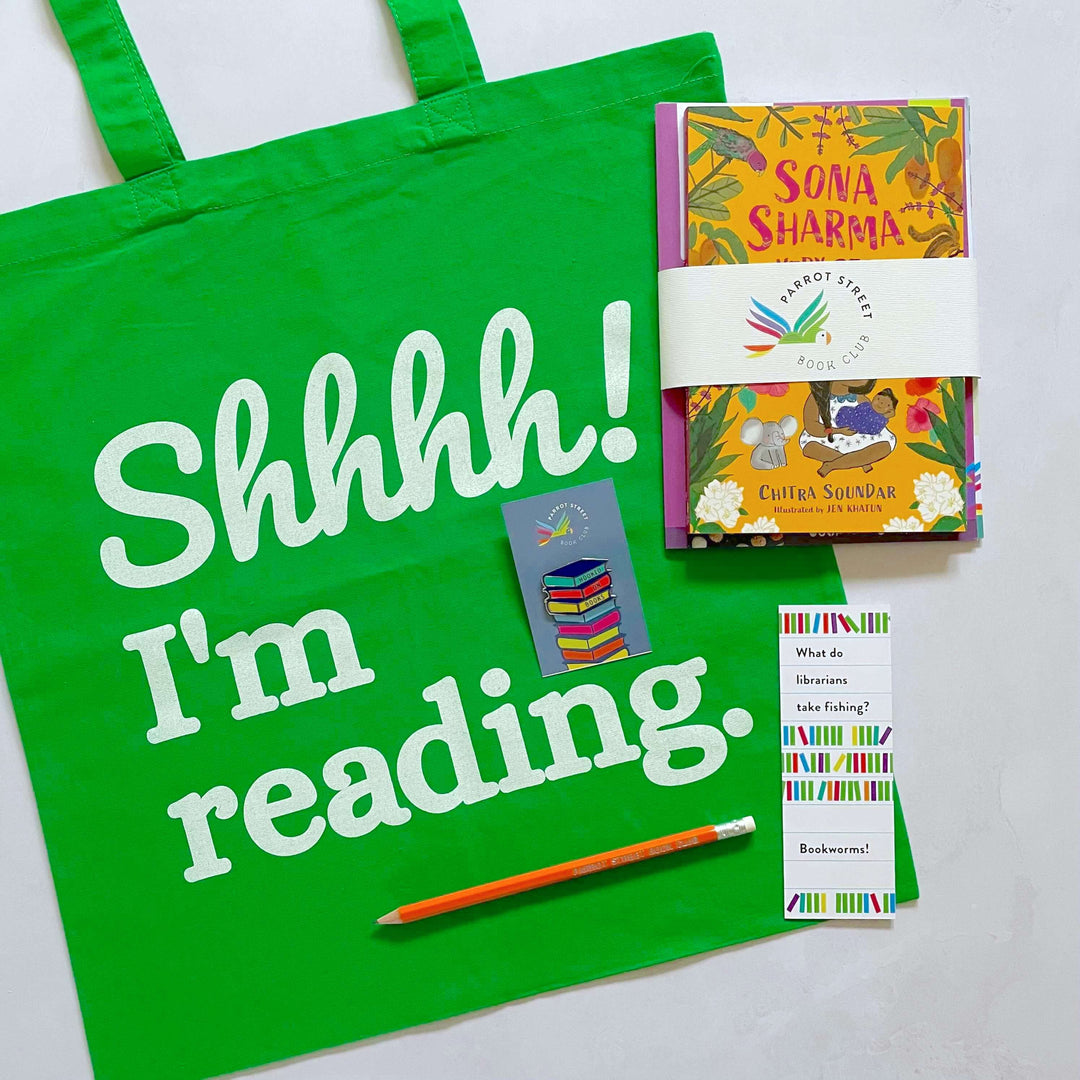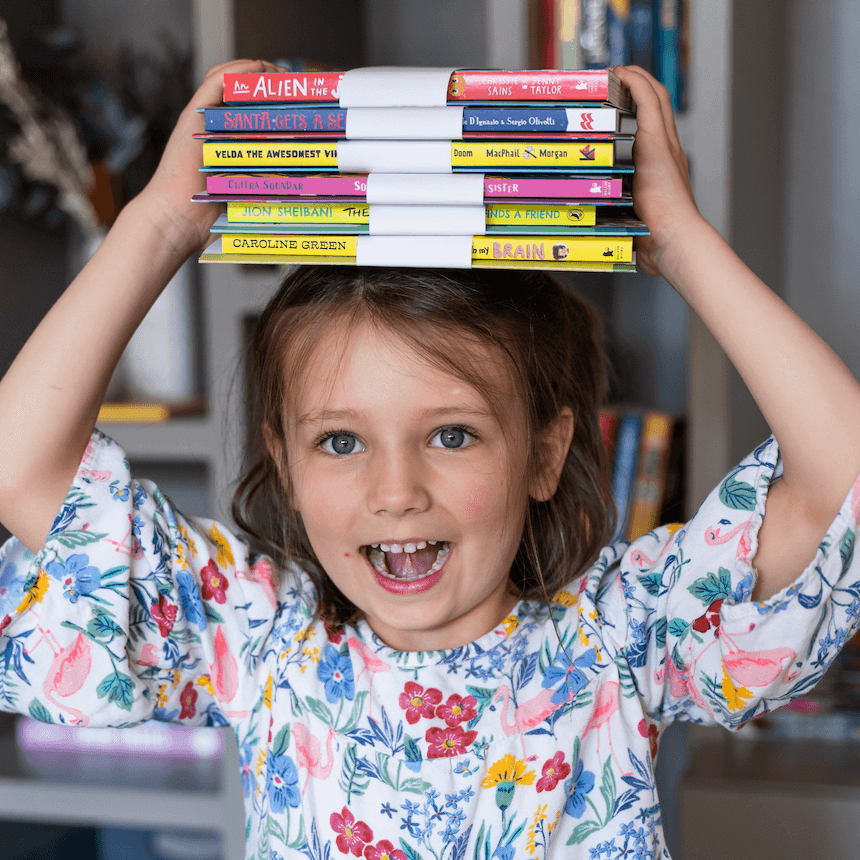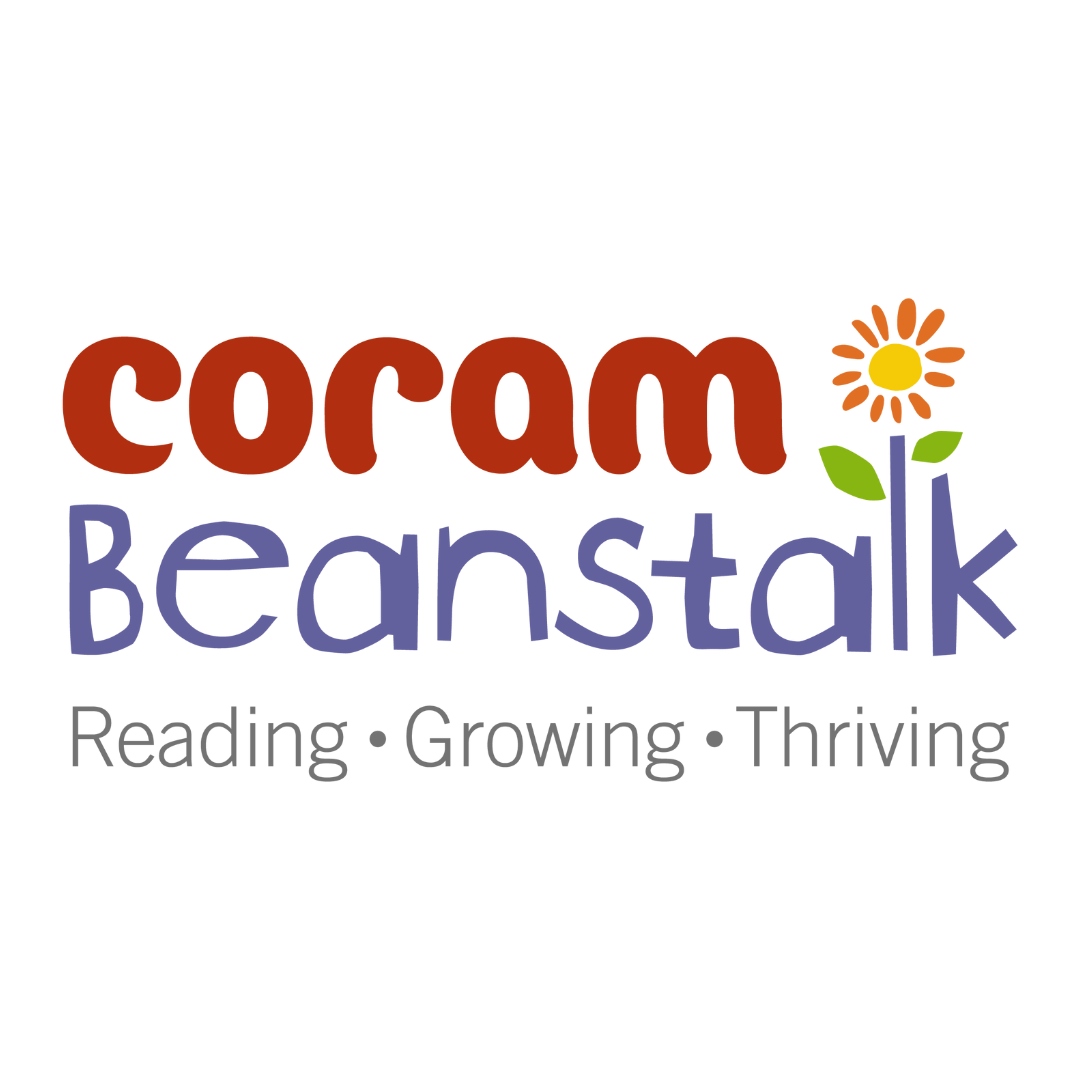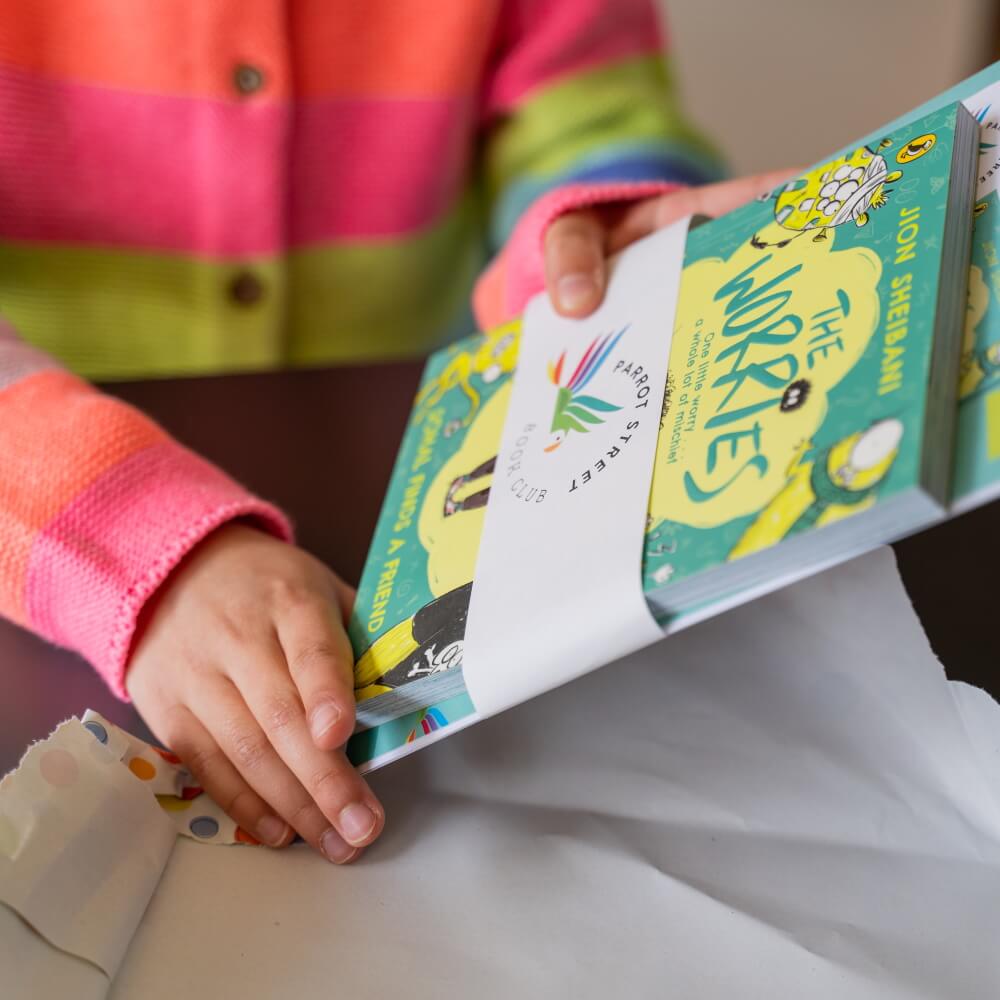Kate De Goldi on The 10pm Question and family dramas for early teens

This month our Macaw subscribers are travelling to New Zealand with Kate De Goldi's The 10pm Question, a warm, funny, heartfelt novel with a hugely relatable lead protagonist, a cast of heart-warming, quirky characters and an engaging, multi-layered plot perfect for early teen readers. It's packed with empathy and tackles issues many young readers will be able to relate to. We asked Kate to tell us more about what inspired the story and which other novels for young people centred around family dramas she would recommend you read next.
What inspired you to write The 10pm Question?
I find my novels come together over a period of time – sometimes years. Certain ideas or events or even brief moments begin to preoccupy me and eventually they marry up and suggest a story. With 10pm the first of these preoccupations was prompted by a story I read in a magazine about a woman who hadn’t left her house for 17 years – she had a severe anxiety condition, the chief symptom of which was agoraphobia.
Around that time, I was also tutoring an eleven-year-old girl who had lived a very nomadic life with her mother and two sisters and longed to spend more than a year in a school. Her yearning stayed with me. The final event – and real motor for the story - occurred when our son experienced an extended period of anxiety (about all manner of things, little and large). He would customarily come into our bedroom late at night with urgent questions about smoke alarm batteries, cat worms, earthquake risks, and diseases … Of course, we listened and reassured him, but somewhere in that drawn out process, a slightly heartless authorial part of me thought, hmmmm, the 10pm question… Once that title arrived, I knew I had a story.
Who was your favourite character to write and why?
I loved dreaming up all the characters in 10pm … and many of them have aspects of people I’ve known or people I don’t know but have heard this and that about. Characters reveal themselves in interesting ways – inevitably, they have aspects of the author, too. Frankie, for instance, shares a number of my own traits and minor phobias – fear of flying and snot in swimming pools, an affection for lists of interesting words, an attraction to larger-than-life figures …
But I have a very soft spot for Gordana. She’s extreme and bossy and fuelled by fury about so many things. In short, she’s a bit outrageous and often seems blunt and careless and impatient. But she’s funny, too, and beneath her apparently flinty surface is an emotional complexity and a kind of gruff love. Gordana has a little in common with my daughter when she was about 16 – the period I was writing 10pm. She was loud and exasperated and driven, but very entertaining.
What do you hope young readers will take away from the story and how it unfolds?
It seems to me that nearly all novels for young people are, in part, about growing up – about the negotiations one must make with the world (which is often so puzzling), and with friends, family, with oneself. That process is variously difficult, comical, sometimes glorious, occasionally frightening. Frankie’s task is to face up to what frightens him – a tough ask. And he’s also doing the heavy lifting for the rest of his family who have become accustomed to avoiding the sadness at the heart of their home. I suppose one of the things the story is suggesting is that we need help from many sources – often outside of family - when we’re growing towards our mature selves. Frankie finds that help through a number of key relationships – Sydney, Gigs, Alma – and is able finally to break his own silence and the family’s collective silence.
I think the other thing the story is trying to say is that life is both rich and ridiculous. Everyone is flawed in one way or another. Our lives oscillate between calm and crisis. But there’s so much to feast on along the way – art, books, cakes, games, music, rituals, making things, watching people, gathering friends.
Finally, I thought it was important that the story offered hope for Frankie, but also a realisation – for him and the reader – that not everyone is enabled a ‘happy’ ending. Ma’s life will probably continue to be afflicted and circumscribed. But she’s doing her best with that.
Can you tell us anything about what the future holds for Frankie?
I imagine him having his ups and downs – he’s a sensitive, over-alert soul, after all. But I see him being sustained by his friendships and his family, his love of birds and drawing, his curiosity and general appetite for life in all its lunatic glory.
Why did you choose to write books for this age group?
Young people are kind of aliens in a world entirely organised by adults. They view the world through a different lens. If they’re lucky, they’re not yet tainted by all the compromises of the adult world. They’re often calling out that world – like the boy in ‘The Emperor’s New Clothes’, the only person to challenge the naked Emperor’s charade of being costumed. All this makes growing up both interesting and hard work. You could say that, in childhood and adolescence, not only are we furiously trying to understand ourselves, but we’re also constantly engaged in decoding the adult-made world and all its oddities, preparing ourselves for it. That territory of self-making and decoding throws up very interesting story possibilities. And this period in my own life is still very alive in my head – an ongoing resource.
Do you have a favourite place to write?
I’ve had a lot of writing places over time (we shifted around). For a year I worked in a large walk-in cupboard. For the last few years, I’ve had the luxury of my own writing room, surrounded by walls of books and photographs and small art works. And a view out the window of native tree reserve. (Writing requires a lot of looking out the window.)
Which other family dramas for tweens and teens would you recommend our subscribers read next?
I love the family stories of Ursula Dubosarsky, especially her ‘colour’ trilogy, The Red Shoe; The Golden Day; The Blue Cat. These books are eerie, funny, disturbing, and memorable. I’ve read them many times. Katherine Applegate has written a great novel about an unlikely family – animals captive in a mall circus in the middle of the Nevada desert: The One and Only Ivan. Polly Horvath writes great stories about slightly odd-ball families. Every couple of years I re-read The Mantlemass Chronicles, a series by Barbara Willard. These nine books are about two intertwined families over a 200-year sweep of English history – there’s drama galore: rivalry, love, danger, ambition, tragedy – and they’re magnificently written. Margaret Mahy wrote brilliant novels about families touched by magic: The Other Side of Silence is my favourite, but The Haunting, The Changeover, and The Tricksters are all excellent. The cleverest and most hilarious family story I’ve read in a long time is Wed Wabbit by Lissa Evans. Pure genius.
Finally, what kind of bird would you be and why?
Well, the bird I’d most like to be is also Frankie’s favourite, the kōtare (the sacred kingfisher). They’re small, beautiful, watchful and serene. You see them only occasionally – usually perched on a powerline, and alone. They seem mysterious and sage-like. It always feels like a good omen to catch sight of one.
But my sister insists that I’m a tūī – the New Zealand native – a boisterous, blue-green-bronze-feathered bird with a distinctive tuft of white feathers at its throat. Tūī make a lot of noise – singing and wing-beating and swooping showily onto bushes laden with honeyed flowers (especially kōwhai and harakeke/flax). They’re particularly good at imitating other birds’ songs and calls. Not unlike a writer, perhaps.
Copies of our The 10pm Question pack, including a copy of the book and loads of fun activities to go with it, are now available for individual purchase. Grab a copy while stocks last!
This post includes affiliate links to our bookshop.org page, meaning we receive a small percentage of the sale should you purchase through them. Additionally, a percentage from all sales on the platform goes directly to local UK bookshops which is an initiative we're delighted to support!
JOIN OUR EMAIL LIST
Children's book news straight to your inbox
We love sharing product updates, book recommendations, children's activity ideas and special offers via email.


